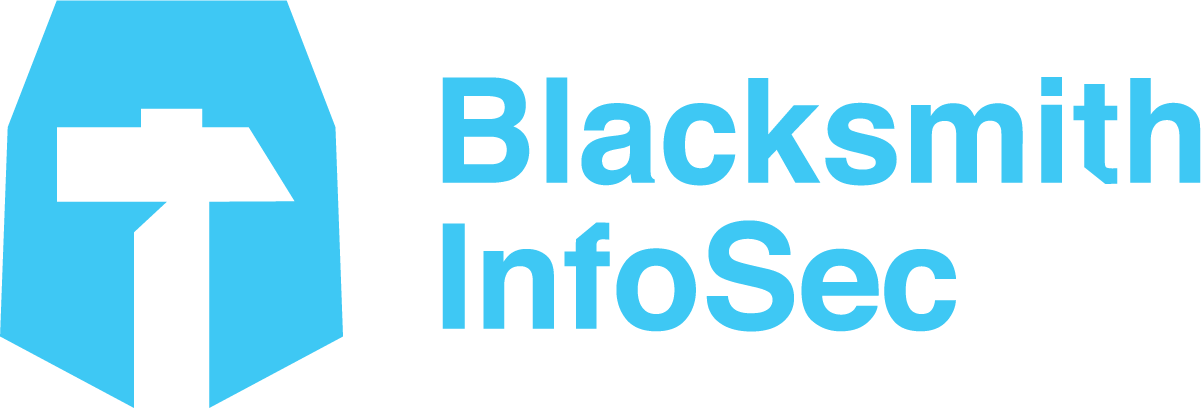Understanding Ransomware as a Service (RaaS)
Ransomware-as-a-Service (RaaS) is transforming the way MSPs face cybercrime, allowing anyone — not just technical experts — to launch devastating attacks through rented ransomware platforms. These service models reduce the barriers to entry for ransomware actors by providing them with ready-made toolkits, infrastructure, and support, while developers take a share of the ransom profits. This has led to a sharp increase in organized attacks specifically targeting high-value entities such as Managed Service Providers (MSPs).
Why MSPs Are Prime Targets
MSPs hold the keys to countless client networks and mission-critical data, making them lucrative targets for RaaS operators. By breaching a single MSP, attackers can scale their impact by simultaneously infecting multiple downstream organizations. Recent high-profile attacks have exploited vulnerabilities in remote monitoring and management (RMM) tools used by MSPs, such as SimpleHelp and Kaseya, with groups like Akira, Lynx, DragonForce, and LockBit leading the charge. Once inside the MSP’s systems, attackers map client environments, exfiltrate credentials, and deploy ransomware payloads across numerous client devices.
Recent Cases: Ransomware Onslaught in 2025
This year saw a series of devastating RaaS-fueled attacks:
-
The Medusa and DragonForce ransomware groups exploited RMM tools to deliver ransomware to MSP clients, resulting in data theft, double extortion, and widescale encryption of business-critical systems.
-
Akira and Lynx have accelerated attacks, compromising hundreds of organizations by using stolen administrative credentials and highly automated toolkits developed by RaaS vendors.
-
Dropsuite reports that 76% of MSPs suffered a cyberattack in the past year, with over half resulting in unplanned expenses to address security gaps. The average cost of a data breach in 2024 reached $4.88 million, with ransomware projected to cost victims $265 billion annually by 2031.
How RaaS Operations Attack MSPs and Clients
RaaS groups typically gain access through exposed RMM platforms, weak authentication, or supply chain vulnerabilities. Once inside, they:
-
Perform automated reconnaissance to map out network assets and prioritize high-value targets.
-
Propagate ransomware rapidly using built-in automation features within RMM tools.
-
Employ double extortion—encrypting files and threatening to leak exfiltrated data.
-
Leverage encrypted network traffic and sophisticated obfuscation techniques to evade detection, requiring MSPs to use deep packet inspection and behavioral analysis for early threat identification.
Defending Against RaaS Threats: Actionable Advice
MSPs can take proactive steps to defend themselves and their clients:
-
Harden RMM tools by applying patches, minimizing platform exposure, and enforcing strong authentication.
-
Deploy advanced endpoint security and behavioral analytics for real-time threat detection.
- Align their security programs with respected frameworks such as NIST CSF.
-
Maintain immutable and off-network backups to ensure rapid recovery in case of ransomware attacks.
-
Conduct regular tabletop exercises to prepare teams for incident response.
-
Educate staff and clients on recognizing phishing attempts and the importance of strong credential hygiene.
-
Partner with MDR (Managed Detection and Response) services to augment incident response capabilities and neutralize threats before damage occurs.
Wrapping It Up
The rise of Ransomware-as-a-Service has industrialized cybercrime, turning MSPs and their client networks into priority targets for organized threat actors. By understanding RaaS tactics and investing in layered security defenses, robust backups, and ongoing staff/client education, MSPs can minimize the risk of ransomware incidents and protect the trust that underpins their business relationships.


